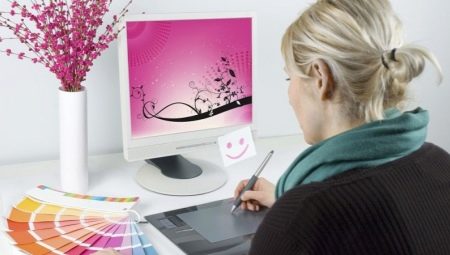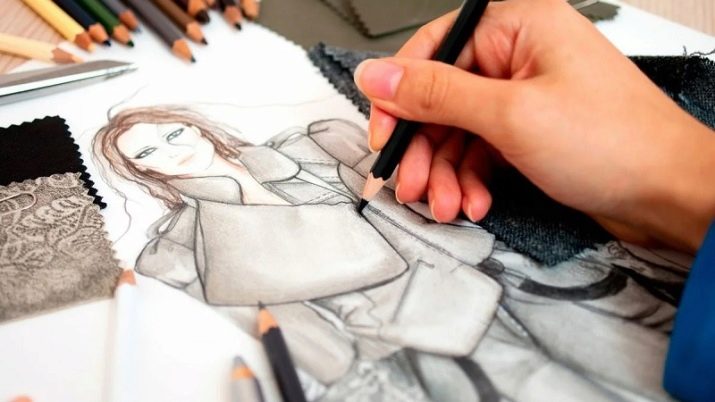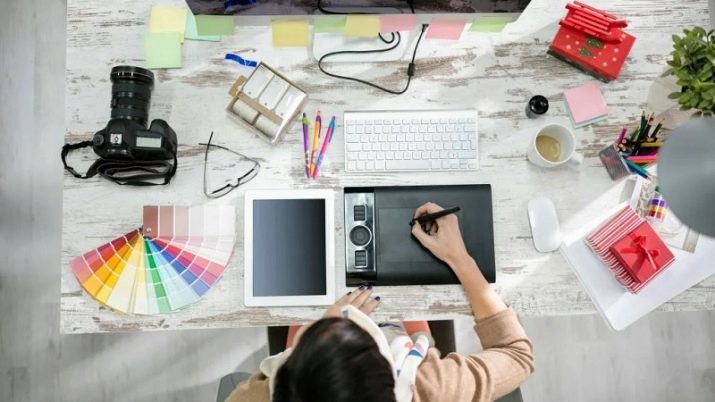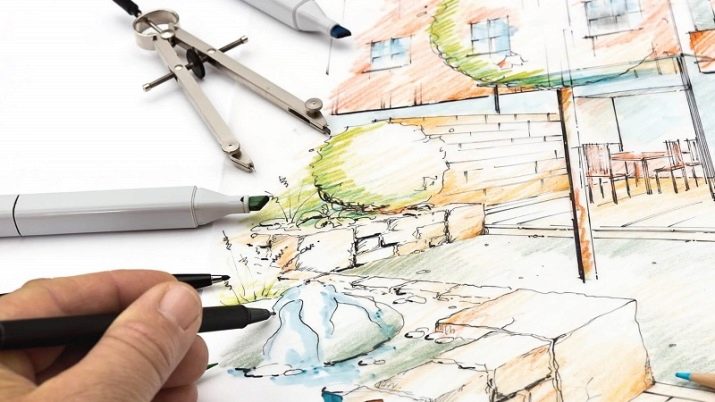Artist-designer: description of the profession, requirements and responsibilities

The profession of an artist has been around for many centuries. Drawing people appeared in the Stone Age, but they began to receive rewards for this much later. At first, the artists were exclusively engaged in the fine arts, then they began to paint houses, create jewelry, clothes, and so on. In modern life, the professions of fashion designers and designers are most in demand. An artist-designer is one of the most popular professions according to the conclusion of the Ministry of Labor of the Russian Federation.
Features of the profession
An artist-designer is a very voluminous concept, because modern design includes a huge number of directions:
- clothing designer;
- graphic design;
- landscape design;
- ceramic artist, interior designer;
- graphic designer and so on.

Size and format are of little importance in modern design. A professional can create anything from a postage stamp to huge signs, sculptures, buildings. A designer today can take single orders, work freelance or create nationally for a million audience. An artist-designer today must be able to not only create, but also sell and sometimes teach. This profession is related to visual content, its goal is to create a concept that will be useful to people in different contexts.
One of the foundations of the profession is to accurately understand the wishes of the client, the task that has been set, and to recreate the visualization depending on the type of design. Designers of several levels are distinguished:
- intern-trainee on probation without work experience;
- junior designer, who has already passed the probationary period, but has little practical experience, the first level of competence, at which knowledge of theory and basic skills is tested;
- designer - already has a portfolio, has about 3 years of work experience;
- leading specialist - with good experience, can teach;
- art director - able to implement the most complex projects, high competence.
The word "design" translates as an object that needs to be designed, that is, it is a visualization language that is used to create something. An artist-designer is a creative profession in which there is a place for creativity, for your ideas.
A professional has his own style, income in this area can be very high. In addition, you can very quickly reach a fairly high level and work independently.

Job responsibilities
The functions performed by a contemporary artist-designer are very diverse. It largely depends on the direction of work, the job description is different in each case. For example, a jewelry designer and a landscape painter have completely different responsibilities in the instruction manual. Perhaps, the only requirement that unites modern professionals is knowledge of a computer and the ability to work in appropriate programs.
According to the job description, an artist-designer should deal with the design of various objects. His task is to make objects more interesting and original. You need to be able to look at familiar things in a new way and convey your view to people. Regardless of the specialization, the designer must be able to:
- develop concepts, generate ideas graphically, visually;
- create projects, posters, sketches, layouts;
- bring them to life.
For example, the task of a jewelry designer is to develop a sketch of a watch, jewelry made of precious metals. The duties of such a specialist include:
- generating an idea;
- creation of a sketch on paper and electronic media;
- formation of a 3D model;
- supervision over the execution of the trial product.
It is necessary to know the materials with which the specialist works, their properties, mastery of painting, drawing art, and the skills of a designer. It is important to know everything about design, to have a creative view of things.

Personal qualities and professional skills
There are many points of contact between designers and artists. All of them work on the principle of graphics, but artists create for the sake of self-expression, generate only their own ideas. Designers, on the other hand, solve practical problems, become intermediaries between the audience for which the product is intended and the customer. This profession is in demand and brings good profit, but it also requires the possession of certain qualities. Not every person can become a good designer.
The modern artist-designer is at the intersection between creativity, digital and computer technologies. But knowledge of technology and programs is not enough, the most important thing is to create an idea and convey it to the audience in an understandable way. You need to be ready to constantly evolve, learn new methods, concepts, be ready to grow. Regardless of their specialization, designers do not work in a vacuum space, they must be aware of everything that appears in a particular area.
Among the main qualities that a designer should have, there are several.
- Observation... You need to be able to see and save images, decisions in memory, write down, fix them. One cannot improve without observation.
- Listening skills. Only active, motivated listening can help you understand what people really want. But the ego and confidence in their perfection will only harm.
- Love for the subject. A costume designer must adore clothing, a landscape designer must adore nature and gardens.
- Learnability. It has already been written about this - a professional is always in search of new ideas and solutions, and this is impossible without development.
- Understanding the context. The task of the designer is to give meaning to things, to determine the significance, to understand their relevance.
- Ability to make decisions... Without this, you will be marking time and will not be able to solve problems.
- Sociability. You need to be able to communicate, write, deliver information, advertise yourself, work in a team.
- Creativity. This quality is considered by many to be the most important and for good reason. A professional designer does not depend on stereotypes, imposed opinions, he is always looking for his own creative path.

Where do they teach?
In addition to practical experience and personal qualities, basic knowledge of the profession and its theory are required. It is necessary to understand the principles of design, regardless of which specialization you plan to work in. Educational institutions can be traditional, distance learning, higher and secondary qualifications.
In addition to the system of universities and colleges, now there is a huge number of training seminars, courses, trainings, where you can learn the basics of the profession, get new skills and knowledge, retrain. In addition to the history and fundamentals of design, the basics of composition, visualization techniques, color theory, typography, design process are studied.
Choosing an educational institution is one of the most important steps in the profession.









